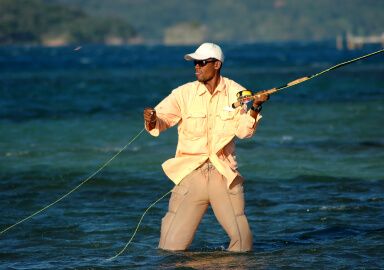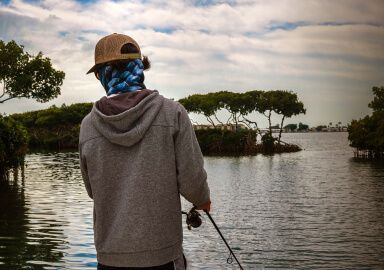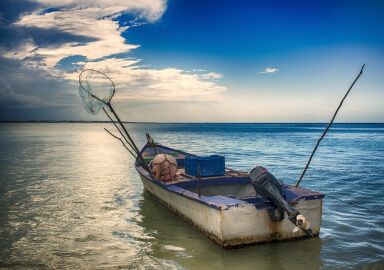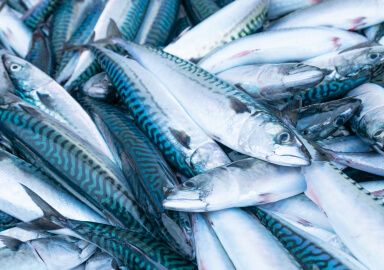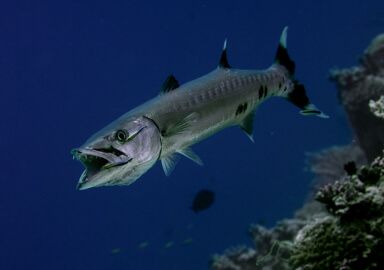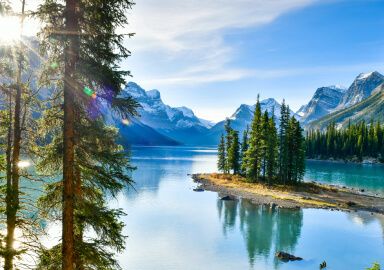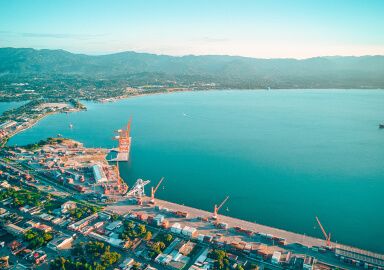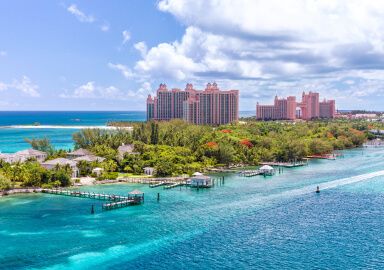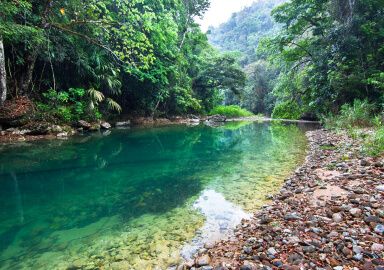Fishing in Nicaragua
An unexplored jem between Pacific and Caribbean coasts, with enormous lakes, mighty rivers, and impenetrable rainforest, Nicaragua offers the best of all worlds.
View 1 listing
1
listings
–
price starting from
22
fish species
–
to the nearest trip
About Nicaragua
Nicaragua may not be the most popular tourist destination in the region. The country’s reputation was somewhat tampered by a lengthy and bloody guerilla war, as well as related political scandals that nearly cost Ronald Reagan his office. However, this conflict has long been history; reliable sources claim that today’s Nicaragua is one of the safest places in Central America, and well worth a visit - because of fishing, among other things.
Nicaragua’s Pacific Coast is easily accessible through flights to the nation’s capital, Managua, and the ocean beyond its shores is the last frontier of billfish fishing. On the eastern coast, the Caribbean Sea offers a diverse range of fishing environments. The area is difficult to access, and it may be easier to get there through Costa Rica, but the unmolested populations of tarpon and other Caribbean species more than justify the journey.
But wait, there is more! Nicaragua can boast of large lakes, crowned by Lake Nicaragua, the biggest body of freshwater in Central America, that can boast of several indigenous species and even some saltwater species such as bull shark. The San Juan River that connects it to the Caribbean Sea, as well as other rivers, lakes, lagoons and mangroves on the Mosquito Coast, also promise an unforgettable angling adventure.
The country's tropical climate provides for invariably warm days, with temperatures around 25-30°C / 75-85°F all through the year, and different seasons offering various fishing opportunities. The dry season, from November to April, offers the most pleasant weather and is particularly favorable for inshore and inland fishing. However, it is the rainy season, from May to October, is when marlin and other pelagic species visit Nicaragua’s waters.
Fishing in Nicaragua is regulated by the Instituto Nicaragüense de la Pesca y Acuicultura (INPESCA), which ensures sustainable fishing practices and the conservation of fish populations. Anglers are encouraged to obtain the necessary permits and follow local guidelines to help preserve Nicaragua’s rich aquatic ecosystems. Certain species, such as tarpon, marlin and roosterfish, are catch-and-release only, and some areas, particularly within marine protected areas and national parks, have specific regulations to protect delicate habitats and fish species.
Whether you’re drawn to the deep waters of the Pacific Ocean, the reefs of the Caribbean, or the serene inland lakes and rivers, Nicaragua offers an exceptional fishing experience. However, it’s practically impossible to fish in Nicaragua without a competent guide who has both local knowledge and understanding of what a tourist angler is looking for. So book your fishing trip to Nicaragua with an experienced operator and explore the angler’s paradise that awaits in this beautiful Central American country.
Fishing Types
As a rule of thumb, offshore fishing in Nicaragua is concentrated on the Pacific coast. The deep waters off the coast, particularly around the cities of San Juan del Sur and Corinto, are prime destinations for big game fishing. However, many operators offer also inshore and nearshore trip, and it’s not unusual to start the day chasing sailfish and end it trying to hook a roosterfish or two near the shores.
On the Caribbean coast, and that includes Lake Nicaragua and the San Juan River (where, according to some experts, one finds the biggest tarpon) fishing is mostly done inshore, from smaller panga boats. As the interest to fishing in Nicaragua grows, more and more operators begin to explore the country’s backcountry, where you may find yourself on a river that has never seen a modern recreational angler’s lure or fly.
Targeted Fish Species
Nicaragua’s waters are home to a rich diversity of fish species, making it a prime destination for anglers seeking variety and challenge. The Pacific Ocean, with its deep waters and Humboldt Current that brings in nutrient-rich waters, supports an abundance of saltwater species. Here you can catch the enormous blue marlin, as well as black marlin, sailfish, wahoo, yellowfin tuna, dorado (Mahi-Mahi), as well as wahoo, jack crevalle, and the amazing roosterfish with its inimitable dorsal fin.
On the eastern coast you can fish for a variety of species typical for the Caribbean Sea, including but not limited to snook, triggerfish, cobia, red and yellowtail snapper, Goliath grouper, barracuda, permit, bonefish, grunt, red drum, bonito, and Atlantic mackerel. However, it is the Atlantic tarpon that probably offers the biggest attraction to visiting anglers. Tarpon can be caught not only in the sea, but also in the rivers and lakes, most notably the San Juan River and Nicaragua Lake, which also supports such saltwater species as bull shark and snook. Among freshwater species one can’t fail to mention the rainbow bass.
Fishing Techniques
Marlin, sailfish, and other large pelagic species are pursued with the help of trolling, with most operators these days preferring lures to dead bait. Bottom fishing with dead bait is, however, the most efficient way to target roosterfish on the Pacific Coast. On the Caribbean coast as well as inland, the opportunity to land a record tarpon attracts numerous fly fishing enthusiasts. One should bear in mind, though, that a lot of areas off Nicaragua’s eastern coast can’t boast of crystal clear waters that you may see on the flats in other Caribbean destinations. Rivers that fill the sea with nutritious alluvial waters consequently make the sea dirty, so fishing by sight is seldom an option. Of course, other techniques such as spinning and jigging can also produce good results.
